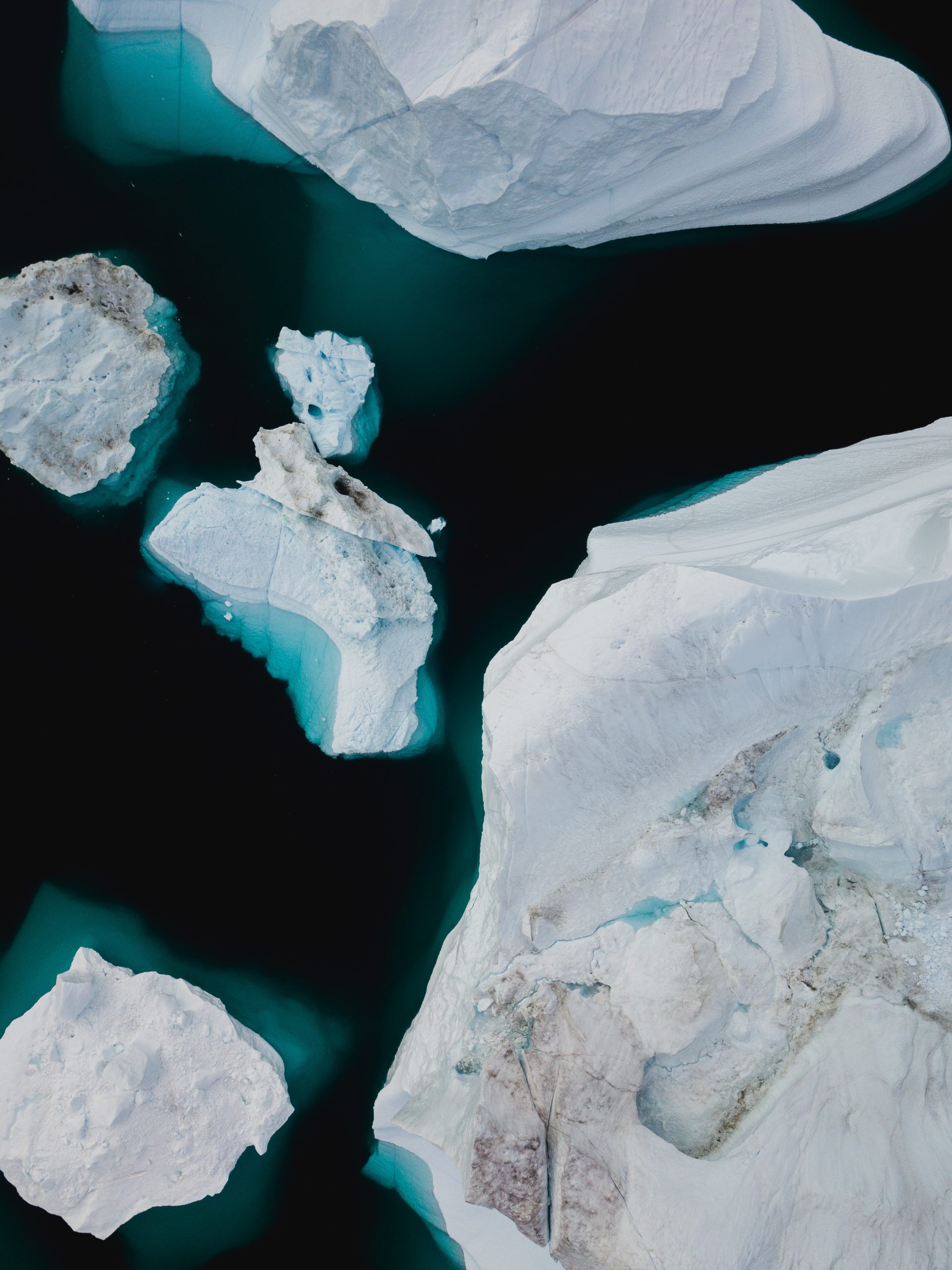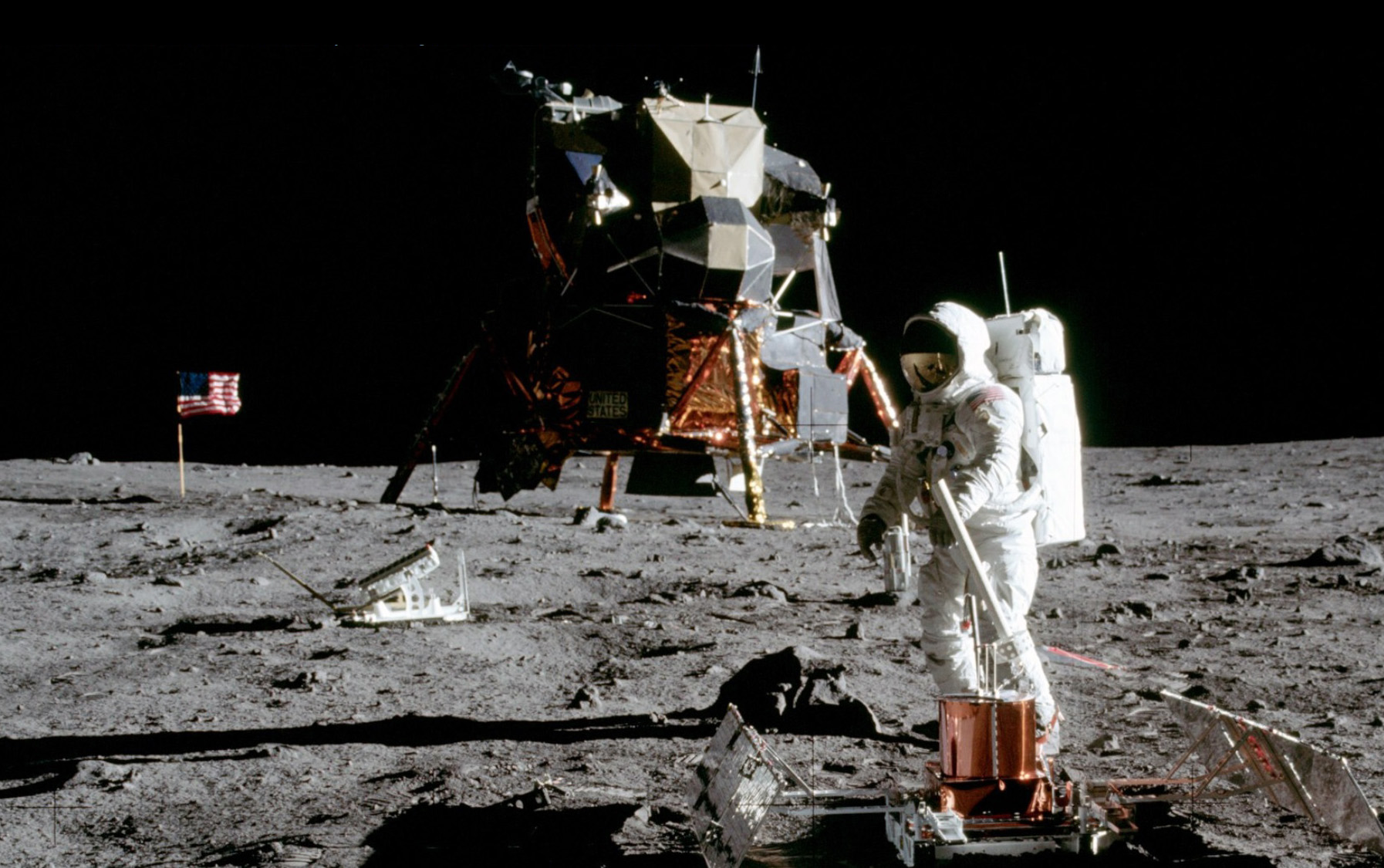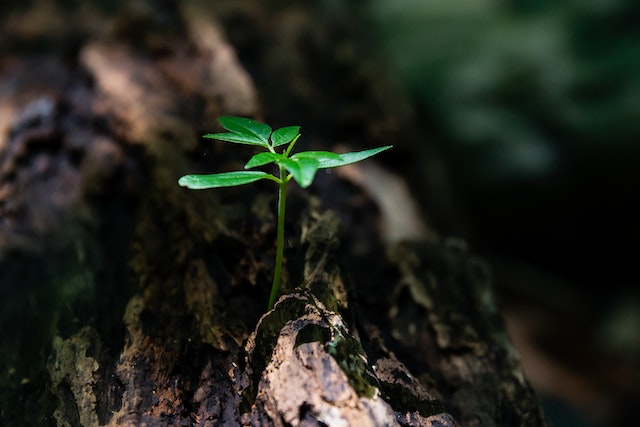The topic of climate change has been on everyone’s mind lately. From extreme weather patterns to rising sea levels, the effects of this global phenomenon are becoming more and more apparent. But what exactly is climate change? How does it occur? And what can we do about it? In this blog post, we will delve into the science behind climate change – exploring its causes, evidence and impacts – and find out how we can all play a role in preventing further damage to our planet. So buckle up and get ready for a journey through the fascinating world of climate science!
What is climate change?
Climate change refers to a long-term shift in global weather patterns caused by a variety of factors. These changes can include increases or decreases in temperature, shifts in precipitation levels and more frequent extreme weather events such as hurricanes, droughts and floods.
One of the most significant contributors to climate change is the greenhouse effect. This occurs when certain gases – primarily carbon dioxide and methane – trap heat within the Earth’s atmosphere, causing temperatures to rise over time.
While some level of natural variation in climate patterns is expected, there is overwhelming evidence that human activity has greatly accelerated this process. Activities such as burning fossil fuels for energy production and transportation release large amounts of greenhouse gases into the atmosphere, contributing to rising temperatures.
The effects of climate change are widespread and potentially catastrophic. These can include decreased air quality due to increased smog levels; rising sea levels leading to coastal flooding; reduced crop yields due to changing growing conditions; and increased risk of disease outbreaks due to shifting ecosystems.
Despite these challenges, there are many steps we can take as individuals and communities towards preventing further damage from occurring. From reducing our reliance on fossil fuels through renewable energy alternatives like solar power or wind turbines, supporting policies promoting sustainable agriculture practices or advocating for stronger environmental regulations at all levels – every action counts towards creating real solutions for our planet’s future sustainability.
The greenhouse effect
The greenhouse effect is a natural process that occurs in the Earth’s atmosphere. It is called so because it works similarly to how a greenhouse traps heat inside. The sun emits radiation which passes through the atmosphere and heats up the surface of the planet. Some of this energy gets reflected back into space, but some of it gets trapped by gases in our atmosphere such as carbon dioxide, methane, and water vapor.
These gases are known as greenhouse gases and they help to keep our planet warm enough for us to live on. However, human activities have caused an increase in these gases which has led to an imbalance in the system. This means that more heat is getting trapped than before resulting in what we call global warming.
The burning of fossil fuels such as coal, oil, and gas releases large amounts of carbon dioxide into the atmosphere leading to an increase in temperature levels around the world. Deforestation also contributes significantly by reducing the number of trees that absorb carbon dioxide from our air.
The effects of this increased temperature include rising sea levels due to melting glaciers and ice caps along with severe weather patterns like droughts or floods depending on your location. Additionally, climate change can cause damage to ecosystems including wildlife habitats which could lead to extinction if not addressed soon.
Understanding how greenhouse effect works gives us insight into how human activity affects climate change today.
The role of human activity in climate change
Human activity has had a significant impact on climate change. The burning of fossil fuels, deforestation and industrial processes are examples of human activities that release large amounts of greenhouse gases into the atmosphere. These gases trap heat from the sun, leading to an increase in global temperatures.
Carbon dioxide (CO2) is the most common greenhouse gas emitted by human activities. It stays in the atmosphere for centuries and is responsible for about three-quarters of total emissions. Methane (CH4), another potent greenhouse gas, comes mainly from agriculture practices such as livestock farming and rice cultivation.
In addition to increasing atmospheric concentrations of greenhouse gases, humans also alter land use patterns which can significantly affect climate patterns. Deforestation not only results in loss of biodiversity but also reduces carbon storage capacity while converting forests into agricultural or urban lands result in less evapotranspiration which increases temperature as well.
The rapid industrialization along with population growth has led to more energy consumption thereby resulting in increased carbon emissions over time. Moreover, transportation using fuel-driven vehicles adds up to pollution levels worsening our air quality both indoor and outdoor environments affecting individuals’ health conditions making them vulnerable towards certain diseases like lung cancer among others.
Therefore it’s important that we take collective action against climate change by reducing our dependence on fossil fuels through transitioning towards renewable energy sources like solar or wind energy; supporting innovative technologies; controlling waste production & disposal systems etc., all these steps will have a positive effect on mitigating climate change impacts globally if implemented at scale
Climate change: the evidence
Climate change is not just a theory or an idea, but it’s a reality that we are currently facing. There is overwhelming evidence to support the fact that our planet is warming at an alarming rate and this phenomenon is caused by human activities. One of the most significant pieces of evidence for climate change is the increase in global temperatures over time.
Another critical piece of evidence for climate change comes from observing changes in our natural environment. These changes include melting ice caps, rising sea levels, increased frequency and intensity of heatwaves, droughts and floods around the world. The ocean has also become more acidic due to excessive carbon dioxide emissions.
Furthermore, scientists have been able to track changes in plant and animal life as they adapt to changing weather patterns. For instance, plants are blooming earlier each year than before because spring arrives much earlier than it used to be.
Technological advancements like satellite imagery and computer modeling have allowed scientists to study climate data over longer periods accurately. With these tools’ help, researchers can now analyze massive amounts of data from all over the globe with greater precision than ever before.
There’s no denying that climate change exists based on scientific evidence gathered around it; humans play a significant role in causing it through various activities such as burning fossil fuels or deforestation leading us towards devastating consequences if immediate action isn’t taken.
The impacts of climate change
Climate change is causing severe impacts on our planet’s ecosystems, economies, and societies. One of the most significant impacts of climate change is rising global temperatures. This heat increase can lead to extreme weather events like droughts, hurricanes, and wildfires.
Furthermore, melting glaciers and ice caps are causing sea levels to rise at an alarming rate. Coastal cities around the world are experiencing more frequent flooding due to these rising sea levels, putting millions of people at risk.
Climate change also poses a threat to biodiversity. As temperatures continue to rise rapidly across the globe, many species struggle to adapt or migrate fast enough. Consequently, this leads to habitat loss and population decline among different plants and animals.
The changing climate has affected agriculture as well – higher temperatures have led crops failure caused by pests which thrive in warmer conditions than before that resulted from deforestation , pollution etc..
Finally yet importantly , Climate migration will become a growing issue worldwide as more people leave their homes because of environmental factors including water scarcity and food insecurity caused by changing climatic conditions.
It is clear that we must take immediate action against climate change before its irreversible impacts become much worse for us all.
How can we prevent climate change?
Preventing climate change is a daunting task that requires the collective efforts of individuals, organizations, and governments worldwide. Here are some ways we can make a difference:
Firstly, we need to reduce our carbon footprint by taking small steps such as using energy-efficient appliances and reducing water usage. We should also opt for public transport or carpooling instead of driving alone.
Secondly, it’s important to switch to renewable energy sources like solar or wind power. Governments must invest in renewable energy infrastructure while phasing out fossil fuels like coal and oil.
Thirdly, we need to conserve forests and plant more trees as they absorb carbon dioxide from the atmosphere through photosynthesis. Deforestation contributes significantly to greenhouse gas emissions.
Policymakers must regulate industries that contribute most heavily towards pollution by imposing stricter environmental standards on manufacturing plants and other facilities.
Preventing climate change requires us all to take action at individual levels while holding governments accountable for their commitments towards combating this global problem.
Conclusion
Climate change is a complex issue that requires urgent action from individuals and governments around the world. The science behind climate change is clear: human activity, particularly the burning of fossil fuels, is causing global temperatures to rise at an alarming rate. We have already seen the devastating effects of this phenomenon in rising sea levels, more frequent natural disasters, and loss of biodiversity.
However, we still have time to take action before it’s too late. By reducing our carbon footprint through lifestyle changes such as using renewable energy sources and reducing meat consumption, we can make a significant impact on slowing down climate change.
But beyond individual efforts lies the need for systemic change by governments investing in green technology research and development while enforcing regulations against polluting industries. We must also continue educating ourselves about the science behind climate change to better understand its causes and effects.
It’s up to all of us – individuals and policymakers alike – to work together towards creating a sustainable future where our planet thrives rather than suffers under our watchful eye. Let us do what we can now so that future generations may live without having to bear extreme weather patterns or face extinction due to a changing ecosystem caused by humans’ careless actions today!









